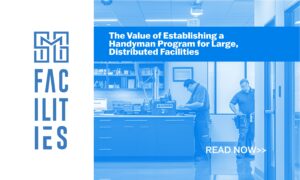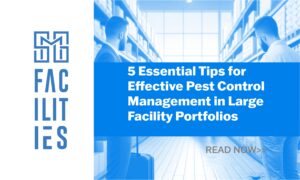Many working parts must come together effectively and practically to ensure facility asset management remains strong within businesses today. According to FacilitiesNet, many critical components of day-to-day operations and management fall under the umbrella of facilities management. It often becomes a complex and involved process that takes collaboration and teamwork between multiple channels and teams both inside and outside the physical company. To keep maintenance and asset costs under control, facilities managers need to follow these five tips.
Track the Maintenance to Improve Facility Asset Management
Keeping routine inspection and maintenance protocols front and center can help ensure management practices go off without a hitch. Innovative and practical maintenance routines can reduce downtime, improve functionality, boost productivity, and enhance collaboration throughout the business chain. Tracking asset performance and monitoring repairs and maintenance work can help managers detect problem areas before they cause massive disruptions. Overall, facility management must remain focused on intelligent maintenance and upkeep protocols.
Standardize Preventive Maintenance to Avoid Run-Until-It-Breaks Mentality
The idea of an ounce of prevention being worth a pound of cure truly applies to facility asset management. Traditional approaches to facility maintenance, such as the if it isn’t broken, don’t touch it mentality, often cause more harm than good. Short downtimes for regular maintenance, combined with the ability to plan preventive maintenance around vacancy hours, will always cost less than complete system shutdowns for days or even weeks at a time. The new approach to facility and asset management needs to become the accepted and expected standard for growth and development in the modern-day network.
Collect Data on Asset Runtime, Energy Use and Downtime History, Enabling Creation of an Asset Management Playbook
One of the most excellent tools that facility managers have at their disposal today is access to real-time data and statistics. Everything from the runtime, energy consumptions, communications, repair and maintenance costs, average downtime lengths, and more can help paint a clearer picture of what is going on throughout the business. Facility asset management relies on clear and concise data and practical implementation of data analytics to keep costs under control. Working without this data connection would be akin to sailing a ship with no map or compass. In addition, it contributes to the creation of a facility asset management playbook to determine and plan such maintenance needs.
Ensure Field Service Technicians Have the Proper Training for All Services Rendered
When facility asset management personnel need additional help, they must implement vetting policies to guarantee their partners can handle all their specific needs. Field service technicians need to have the proper training and experience to work on advanced asset systems, bridging the divide between the old, manual processes and automated, intuitive assets. Realistically, no management team – especially in the Covid-era – can go at it alone and often requires outside assistance to maintain proper maintenance and repair processes. Rather than spending countless hours vetting field service technicians and managing their performance, more facilities management teams opt to work with third-party outsourced to guarantee access to pre-vetted, qualified field service technicians.
Enable Limitless Scalability to Handle Disasters and Avoid Further Delays When Such Events Occur
The final task that facility asset management personnel have when overseeing business operations is enabling scalability and adaptability throughout the entire network. Disruptions will occur despite all the best efforts to reduce their severity and frequency. When issues do arise, the adaptability and scalability of a proper maintenance and asset management program can make or break a company during those trying months. Reducing delays, minimizing financial impacts, bolstering essential asset access, and strengthening the entire program are critical roles that facility service managers must provide.
Prioritize and Improve Facility Asset Management With the Right Partner
Improving internal asset management and facility maintenance is a full-time job that often requires outside assistance. Working with the right third-party service provider can prove to be invaluable for continued growth and success. When the market turns, when disruptions arise, when internal teams are downsized and when trends shift suddenly, the ability to adapt and change often becomes the distinguishing factor between a company that succeeds and one that struggles. Make facility asset management a priority rather than an afterthought, and establish that mutually beneficial partnership today. Connect with SMG Facility Services to get started.







